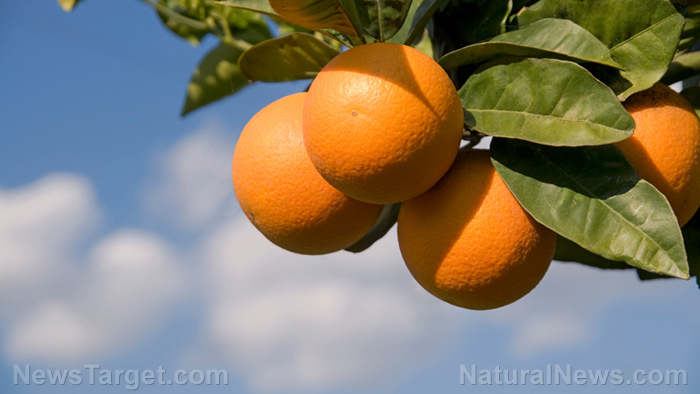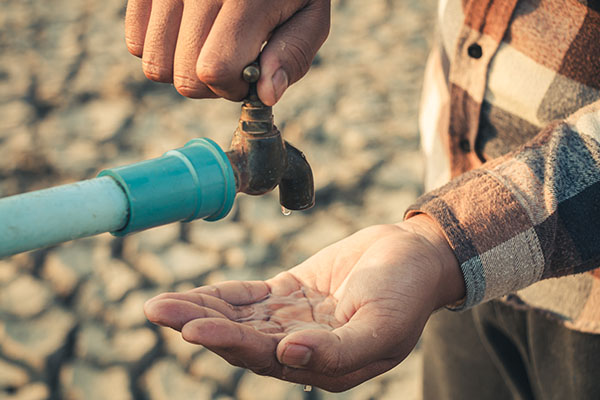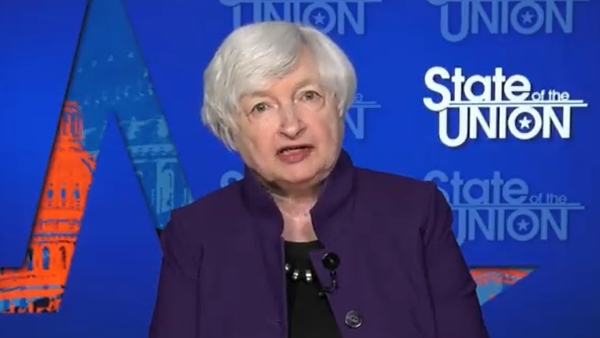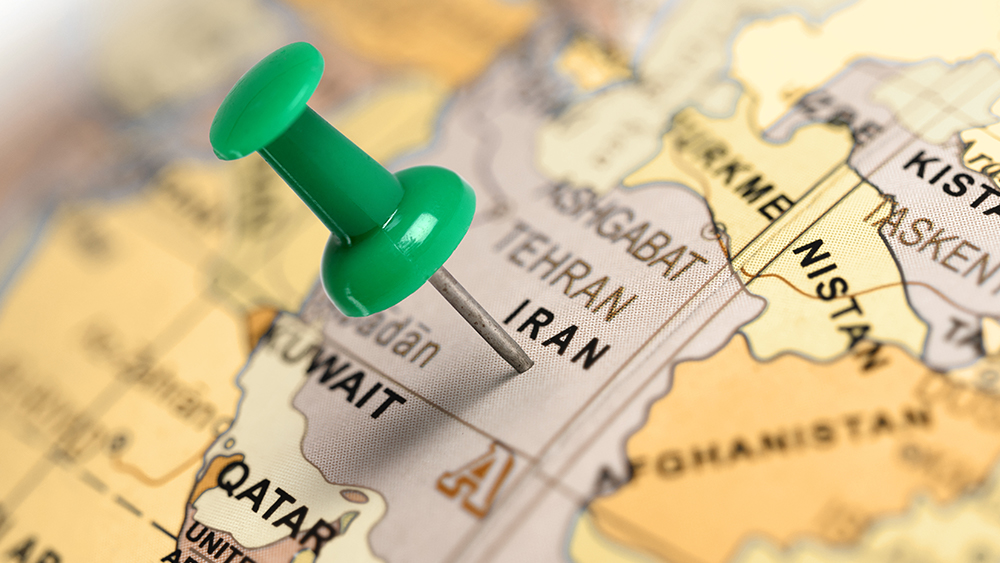Poor harvests drive orange juice prices to record highs, forcing makers to explore alternative fruits
06/05/2024 / By Olivia Cook

Orange juice futures have surged to a multi-decade high of $4.92 per pound this week – driven by poor harvests in Brazil and Florida. Brazil, the world’s largest exporter of orange juice, has faced unusually high temperatures and below-average rainfall this year, while Florida’s orange groves have been battered by hurricanes and a cold snap in 2022.
Additionally, both regions have been afflicted by “citrus greening,” a disease that renders the fruit bitter and ultimately kills the trees. With stockpiles dwindling, juice producers are increasingly experimenting with more climate-resilient fruits, like mandarins, as reported by Tortoise Media.
The rising prices of orange juice, a breakfast staple, have thrust the industry into crisis, compelling some producers to seek alternative fruit options. The situation is exacerbated by a sharp decline in production in Florida and extreme weather conditions in Brazil, the primary orange-producing region.
Historically, Brazil has played a crucial role in the global orange juice market. In the 1960s, after frosts devastated Florida’s orange groves, Brazil filled the gap with its supply of frozen concentrated orange juice. (Related: Oranges are waste-free: Every part has unique health benefits.)
The situation worsened in 2005 when citrus greening disease reached Miami, leading to a 55 percent decline in Florida’s orange production over the next decade. This prompted a significant price hike in orange juice, driving bottlers to opt for the more affordable Brazilian alternative.
Today, Brazilian companies supply more than half of all orange juice bottled by major brands like Tropicana, with shipments originating from the Port of Santos in São Paulo. In 2017, the U.S. orange juice export market was valued at $1.4 billion, according to the U.S. Department of Agriculture (USDA) Foreign Agricultural Service (FAS) – solidifying Brazil’s financial influence over American orange juice production facilities.
As of this week, frozen concentrated orange juice futures on the Intercontinental Exchange in New York have reached $4.77 per pound, nearly double the price from a year ago. According to Harry Campbell, a commodity market data analyst at Mintec, the soaring prices are pushing manufacturers to adjust their blends by incorporating more affordable fruit juices, such as apple, grape and pear to reduce reliance on orange juice.
“This trend appears to be long-term. Consumers may eventually resist paying a premium for orange juice, but until then, prices will continue to rise due to the low supply,” Campbell told CNBC.
The ongoing supply constraints and rising costs underscore the need for the industry to diversify and adapt to changing climatic and economic conditions, ensuring sustainability and affordability in the global food and drink market.
Drought, disease and demand drive orange prices to new highs
Recent findings from the research center Fundecitrus indicate that Brazil is experiencing one of its worst orange harvests in over 30 years due to excessive heat last year. In a report published on May 10, the citrus growers’ organization projected Brazil’s orange production for the 2024-2025 season to be 232.4 million boxes, each weighing around 40.8 kilograms. This marks a 24 percent decrease from the previous cycle.
Typically, Brazil produces about 300 million boxes of oranges per cycle. However, the increasing frequency and intensity of extreme weather events have significantly impacted crop yields.
According to Fundecitrus, a series of intense heatwaves between September and November last year disrupted the crucial flowering and early fruit formation stages, severely reducing production. Additionally, citrus greening, a disease with no known cure that results in bitter and stunted fruit, continues to pose a major challenge for orange farmers worldwide.
“Orange juice prices are rising due to the three Ds: drought, disease and demand,” explained Dave Reiter, a trader with Reiter Capital Investments LLC, in an email to CNBC.
While many associate orange juice production with Florida and California, Brazil is the largest producer of both oranges and orange juice. The majority of Brazil’s orange juice production takes place in São Paulo and Minas Gerais, regions that have been grappling with weather problems and disease for several years.
Reiter noted that the benchmark orange juice futures contract is a thinly traded market, which can lead to significant volatility. He predicted that the next target price for orange juice could reach $5.16 per pound.
As changes in climate and extreme weather continues to disrupt traditional agricultural practices, the orange juice industry faces mounting challenges. The combination of drought, disease and rising demand underscores the need for adaptation and innovation to ensure the sustainability and affordability of this popular beverage.
Watch this video about the hidden cost of orange juice.
This video is from the Daily Videos channel on Brighteon.com.
More related stories:
Freshly squeezed: Spanish city tapping leftover oranges for its electricity supply.
Orange juice found to be the most effective at preventing kidney stones.
These incredible foods contain more vitamin C than oranges.
Sources include:
Submit a correction >>
Tagged Under:
agriculture, Brazil, climate, collapse, crop collapse, crops, environment, Florida, food collapse, food inflation, food supply, fruits, grocery, harvest, hunger, mandarins, oranges, poor harvests, products, rationing, scarcity, starvation, supply chain, weather terrorism
This article may contain statements that reflect the opinion of the author
RECENT NEWS & ARTICLES
SupplyChainWarning.com is a fact-based public education website published by SupplyChainWarning.com Features, LLC.
All content copyright © 2021 by SupplyChainWarning.com Features, LLC.
Contact Us with Tips or Corrections
All trademarks, registered trademarks and servicemarks mentioned on this site are the property of their respective owners.



















